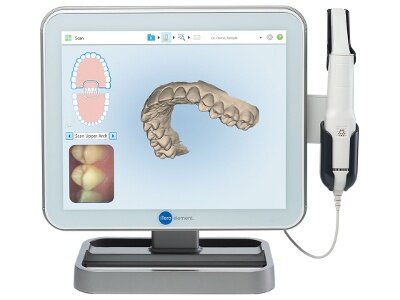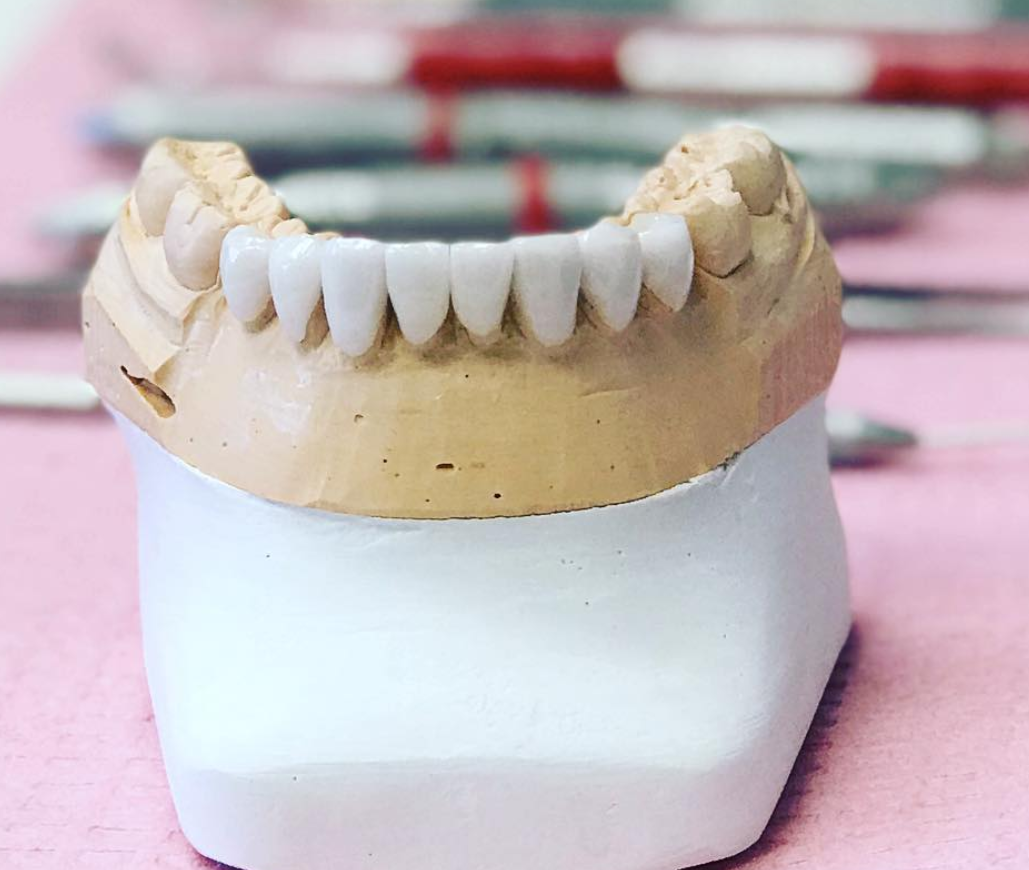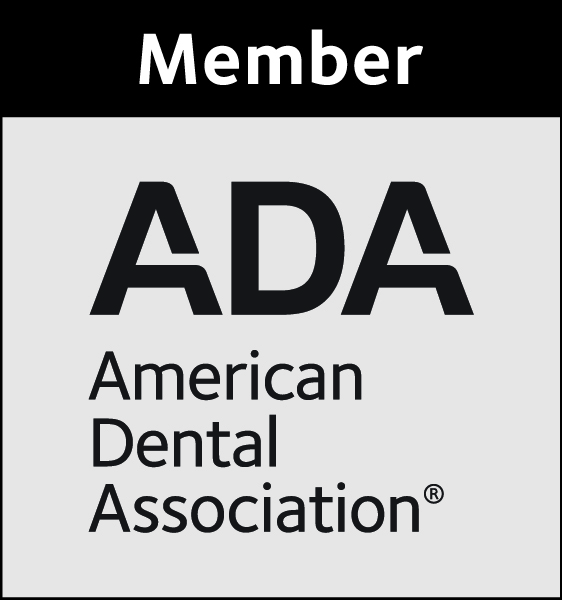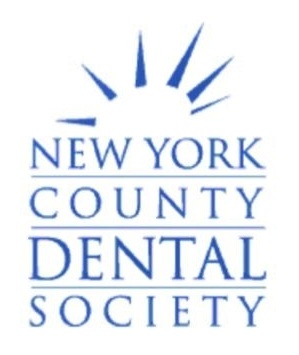Any technology that enhances accuracy and convenience improves standard of care. Let’s face it: regardless of how much we may enjoy seeing out dentist, dental treatments are not fun. As anyone who has had any dental work such as crown, veneers or orthodontics has experienced having a mouth full of gag-inducing, messy impression material is unpleasant.
In my practice we have used intra-oral scans since 2016 for orthodontic treatment. They provide unparalleled accuracy which essentially translates into more comfortable and predictable treatments. The scan process takes a few minutes and immediately provides a 3D interactive computer model which can help me generate a simulation of teeth movement and even provide a design.
In 2017 we experimented with using 3D scanners for providing restorative solutionsm but even though patients much preferred the comfort of an intr-oral scanner to traditional impression technique, I was not happy with the restorations.
This year, the new improved scanning technology prompted me to retry restorative solutions such as onlays. I have been pleasantly surprised at the improved fit, accuracy and overall aesthetics of the 3D printed onlays. In fact so much so that we are introducing 3D printed veneers. I will follow with some before/after results and keep you posted.










